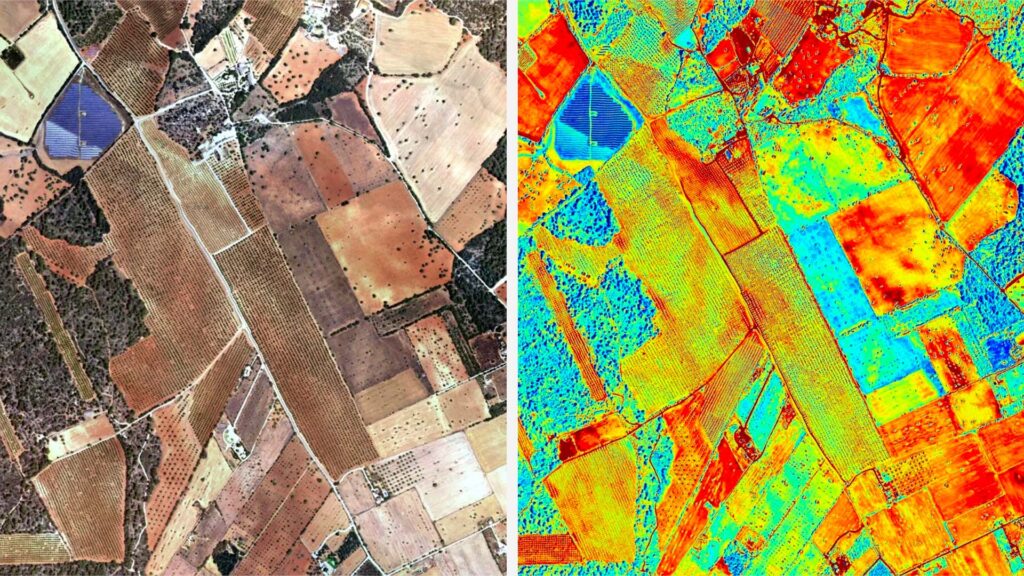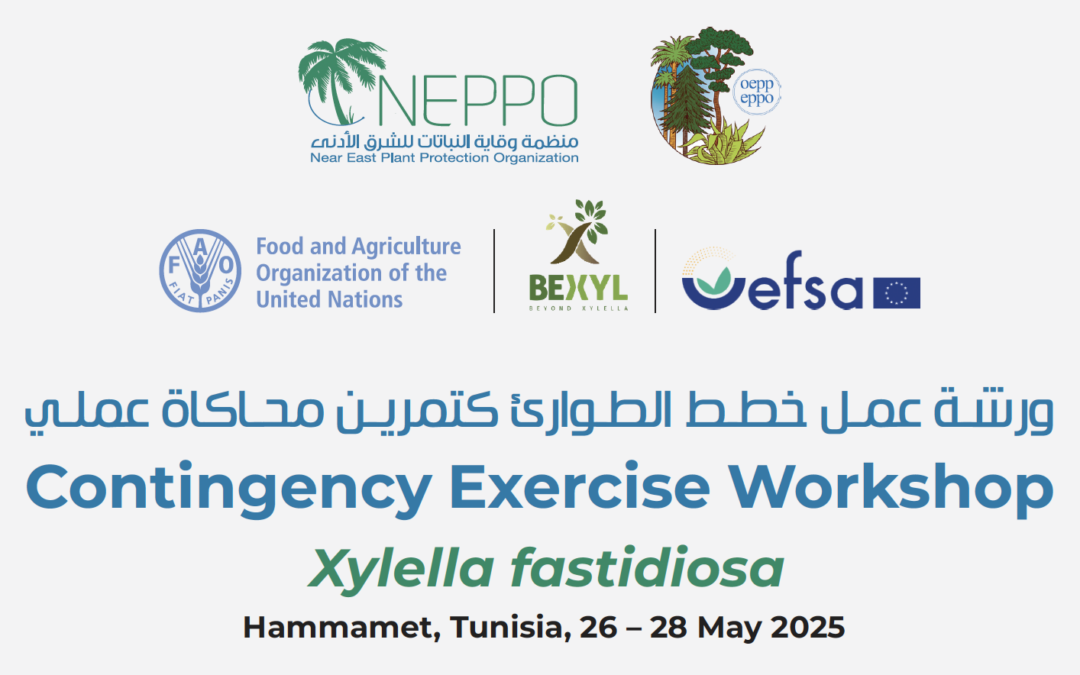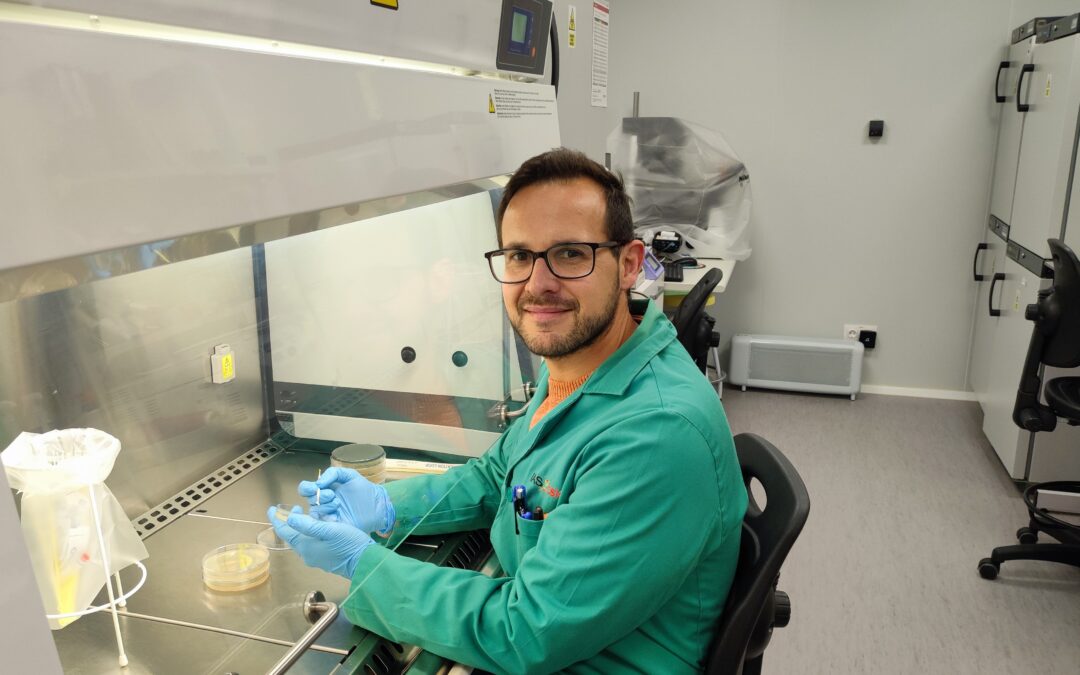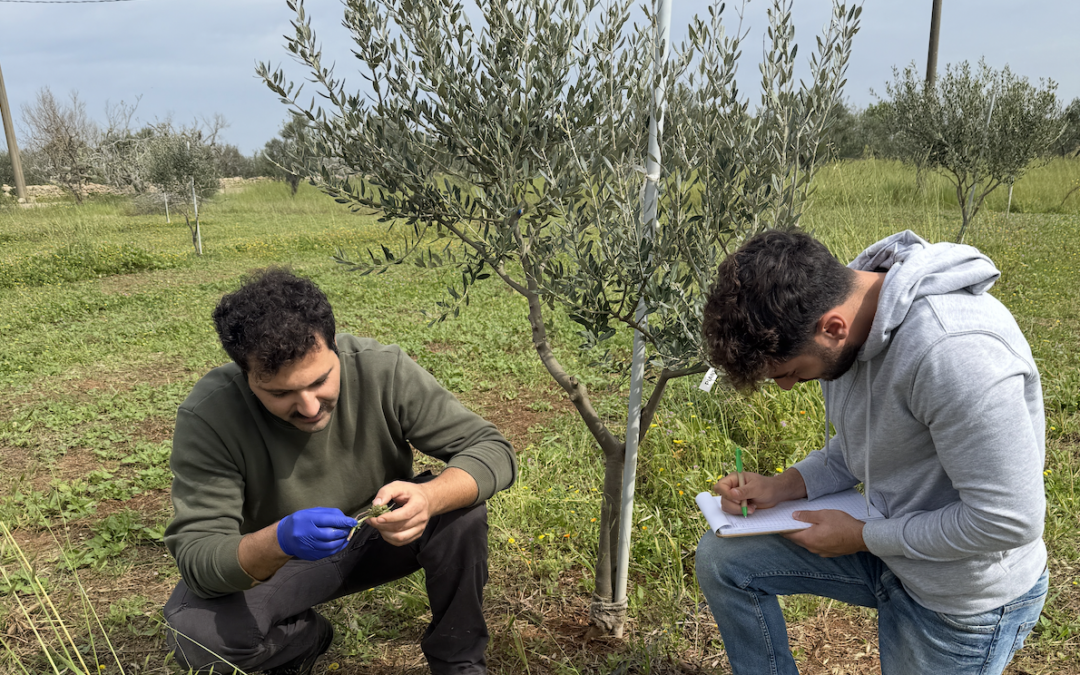When plants are sick, they send signals human senses cannot detect. Cameras that are sensitive to infrared and electromagnetic radiation can though. For many years, scientists have been experimenting with ways to use this knowledge to detect plant pathogens at an early stage. Pablo J. Zarco-Tejada is a pioneer in this field of research. A professor of remote sensing and precision agriculture at the University of Melbourne and an honorary scientist at the IAS-CSIC in Spain, Zarco-Tejada was a senior scientist at the European Commission’s Joint Research Centre (JRC), where he worked on the XF-ACTORS and POnTE projects, leading the development of algorithms for the early detection of symptoms caused by X. fastidiosa using remote sensing technology. We spoke to him about the evolution of the remote sensing methodology.
In a 2018 paper, you led a group of scientists demonstrating that sophisticated airplane cameras can reveal X. fastidiosa infection in olive trees months before the symptoms are visible. How is this possible? Can you explain the concept in plain words?
Several physiological changes happen to infected plants. These changes cannot necessarily be seen by our eyes, particularly at the early stages of the infection. Nevertheless, after infection, the plant slowly reduces transpiration and photosynthesis, and specific plant pigments degrade or their concentration change. Such physiological changes are detectable using imaging spectroscopy and thermal imaging because specific spectral bands are sensitive to the induced stress.
What are the best devices for the airborne detection methodology? Airplanes, helicopters, drones, or satellites?
The methods to detect the symptoms caused by pathogens infecting vegetation are generally straightforward and feasible in controlled conditions and with uniform growing and management practices. At a large scale, we need technology and methods to obtain data and apply algorithms that account for the large variability in natural conditions. On a smaller scale, drones are suitable as they can carry hyperspectral and thermal cameras to image a few hectares. Larger scales, i.e., thousands of hectares, require larger airborne platforms generally piloted. If we deal with millions of hectares, satellite platforms are the only option.

How can the specific epidemic’s context and features affect the remote detection strategy?
In general, we can say that drones and planes are a solution for the early detection of diseases at a limited scale. The spectral quality and level of spectral and spatial detail obtained by drones and piloted aircraft are far superior to what we can do with satellites. At the same time, satellites can be compatible with mapping infected areas at intermediate and advanced levels of severity.
How will the BeXyl project contribute to the evolution of the methodology?
The remote sensing work we are carrying out as part of BeXyl will expand the number of species accounted for in the detection algorithms, such as grapevines, citrus, and berries, in addition to olive and almond, and will evaluate the detection methods using hyperspectral satellite imagery. That will allow the development of methods for global monitoring of Xylella on some of the most important horticultural crops worldwide.
How long shall we wait before having those systems applied in the real world?
With the launch of more hyperspectral satellites and the availability of hyperspectral and thermal sensors on board drones and aircraft, it is a matter of time before governments and international organizations invest resources in operational surveillance methods at country or regional levels. The surveillance programs will require the combined efforts of drones, aircraft, and satellites, along with field evaluations, to provide proper detection protocols for early warning and mapping areas under intermediate and advanced infection levels.
Can precision agriculture contribute to early detection on the ground?
Definitely, yes, because sensors on board mobile platforms, both terrestrial and airborne, can provide the required data to detect stress induced by pathogens. In a recent paper, we demonstrated that spectral data could separate the stress induced by pathogens from that due to abiotic causes, such as lack of water or nutrients. The progress made in the last 20 years in imaging spectroscopy and thermal imaging, and the miniaturization of the technology, enable the use of sensors in precision agriculture that can detect biotic-induced stress at the early stages of infection, a critical aspect for strengthening biosecurity.
What is the attitude towards Xylella fastidiosa in Australia?
X. fastidiosa is the number one threat to Australia regarding biosecurity, and measures are in place as part of preparedness programs. The Government and industries are investing in technology and methods to be ready in case X. fastidiosa is identified in Australia. Remote sensing has been the focus of projects funded by Australia to prepare algorithms and expertise for X. fastidiosa detection and other harmful diseases already present in this country. International collaboration is critical in biosecurity, which is why the University of Melbourne is a partner of BeXyl, along with stakeholders interested in the results of this project.








